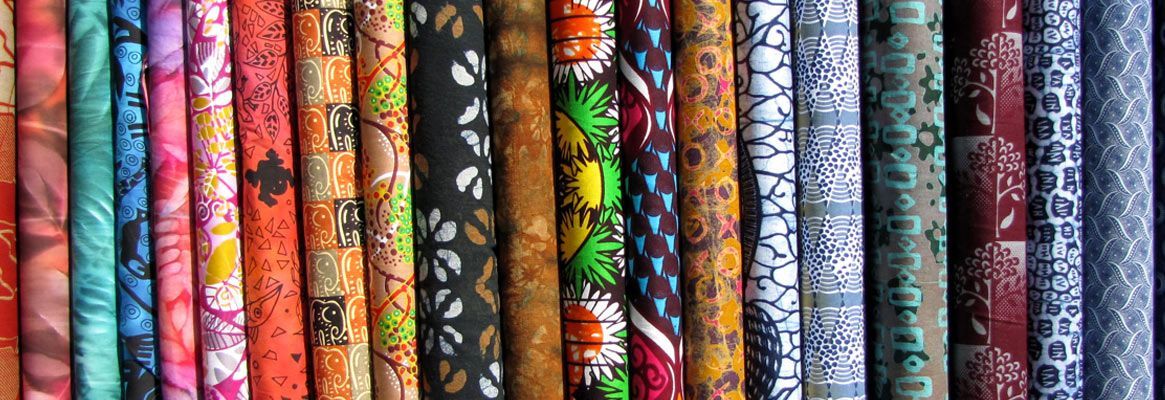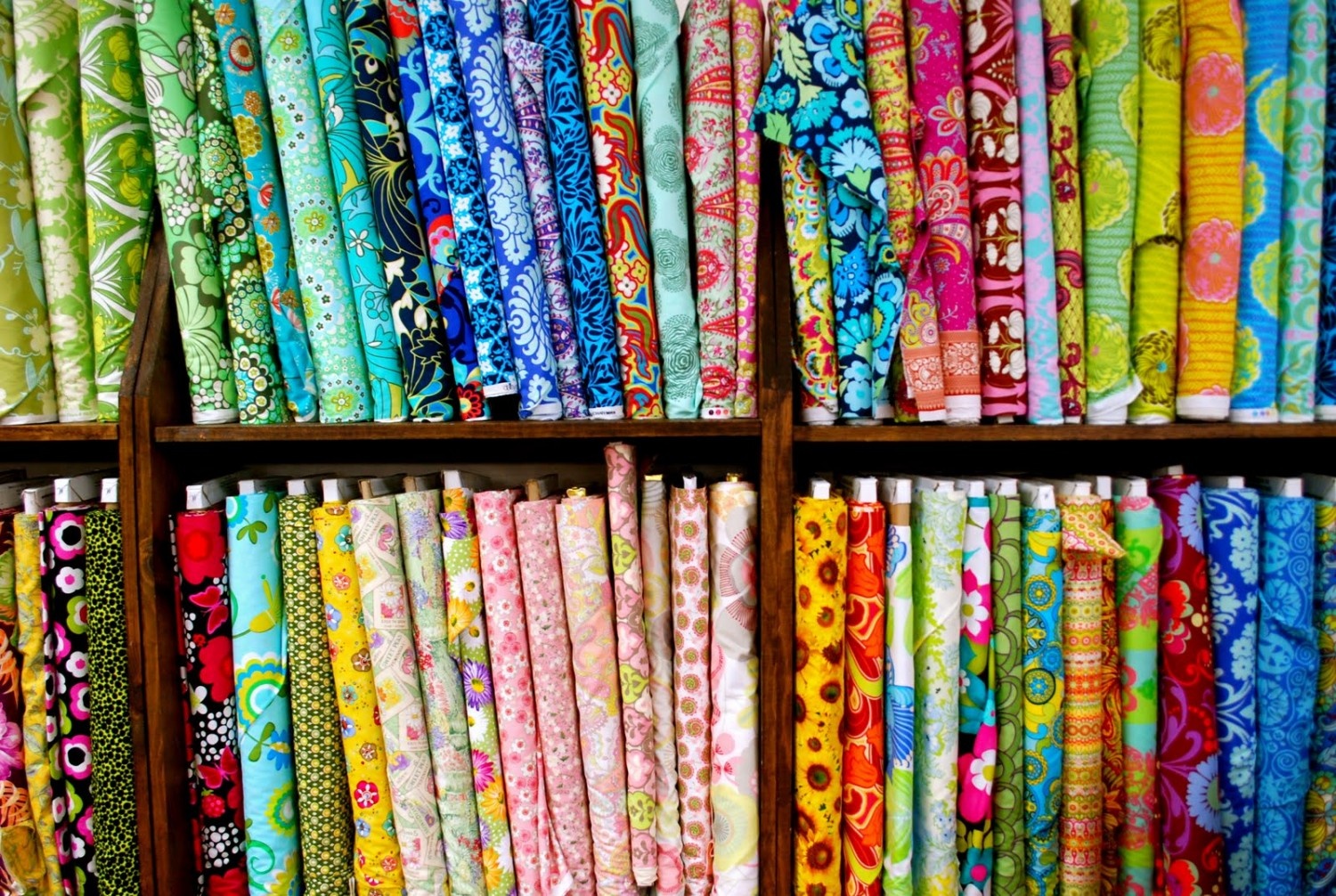Global Forum For Indurstrial Devlopment is SPONSORED BY ICO INDIA
- MP Society Registration (Act. 1973 No. 44) 03/27/01/21857/19 (MSME Forum Established Since-2009)

The first section is What is textile? Classification of Textiles. In the section you will learn all there is to know about the dimensions and methods of classifying textiles, and covering the textile industry expertise. The second section has no technicalities involved. It focuses more on sharing the knowledge of textiles for apparels, this is something you will not easily find. This information will be very helpful for someone who is looking to venture into buying of garments. From this section, you will be confident to answer what is textile from a professional buyer’s view. And in the third section comes the technical aspect. This is where we learn by practical to verify the quality and safety of textile like a professional. This will be the most authorized way to tell what is textile?
Yarn, natural silk, elastic silk, metallic silk, synthetic long and synthetic short silk, rayon, and other textile raw materials.
Woven and non-woven fabrics, plastic fabrics, knitted fabrics, natural fur fabrics, and industrial fabrics. Industrial fabrics are the textiles used in the industrial field like, canopy cloth, sieve, filter cloth and the likes.
Bags, blankets, household textiles, gloves, socks, decorative clothing products and other fabricated products.
Other types of textiles include; cloths for toys, belt, rope, sable, sewing and embroidery thread.
Knitted fabric textile: the surface of a knitted fabric feels soft, comfortable on the body, and rich in elasticity.
Woven farbic textile: this fabric has no elasticity except for the type of fabric that has an elastic fiber. It has a stable structure with a flat surface. Very solid, easy to wear and has this stiff and loose appearance.
Non-woven fabric textile: this involves using polymer slices, filaments or short fibers through different kinds of fiber network. This further creates a fusion of methods and technology and the end products is soft flat and breathable new fiber products.
In a weft knitted fabric, the weft is put into the working needle of the knitting machine. This is to enable the yarn bend into a circle and each other through the sleeve. The yarn moves horizontally from one side of the machine to another in a circular motion, and a new knitting loop can be formed with the needle’s movement.
There are three types of woven fabric fiber which are: pure woven fabric, interwoven fabric and mixed textile fabric or (blended fabric).

fibers are loose either by bonding or sewing. However, bonding and piercing are the two main methods used presently. This method of processing makes it a lot easier, improves labor productivity, reduces cost and has wider prospects for improved developments.
The raw material of the yarn that makes up the fabric are of three types: pure woven fabric, blended fabric, and interwoven fabric
The main freight station achievements are listed below:
More about fabric fiber? please check this, this is the raw “genetic” aspects answering the question what is textile, then you can also answer questions about what is natural textile, what is man-made textile, and much more
The above mentioned are a list of some of the most commonly used fabrics. With functional textiles they possess their own inherent unique value. Some of its extra functions are mite removal, antibacterial, antivirus, anti-moth, flame retardant, anti-wrinkle, oil and water repellent, negative ion health care amongst a host of other functions.
When trying to compare between a good fabric and a regular fabric from a consumer’s or commercial view point, the difference isn’t that obvious. In some cases you even see a garment made out of regular fabric selling out quicker than one made from a good fabric. But when looked at with sound knowledge of fabrics and class, style and luxury, a non-natural fabric will not make it to the mat.

Speaking generally, the higher the number of stitches or roots, the better the quality of the fabric. And the longer the pile, the finer the cotton, giving the body a good feel when worn.
The count refers to the thickness of the thread and is represented with the letter “S” for example, 100S means 100 count. If the number of strands per unit area is increased, the thinner the thread and fabric. There are also double and single strands. People may wonder why Egyptian cotton is referred to as good cotton, it is simply because of the high count of cotton.
One thing you should know when talking about wool fabric is that it can only be wool and nothing else. The likes of fur, rabbit fur shouldn’t be mentioned when talking about woollen fabrics. Furthermore, wool and cashmere cannot be compared, as cashmere is eight times as warm as wool and one fifth as heavy.